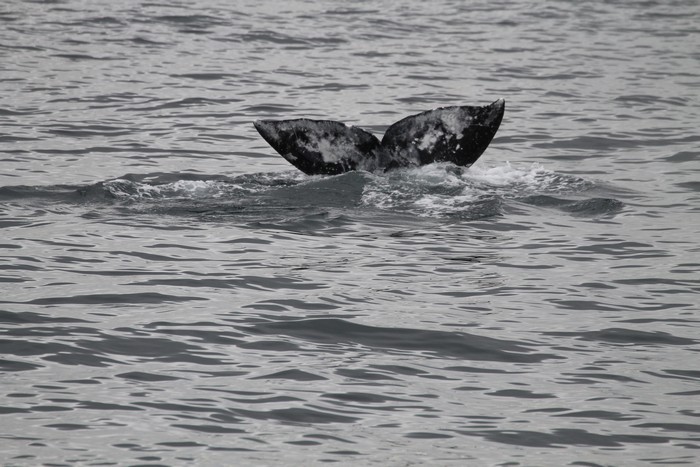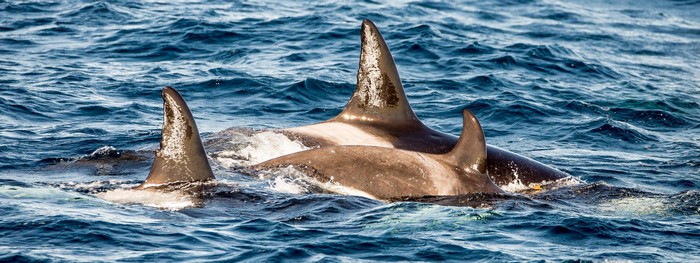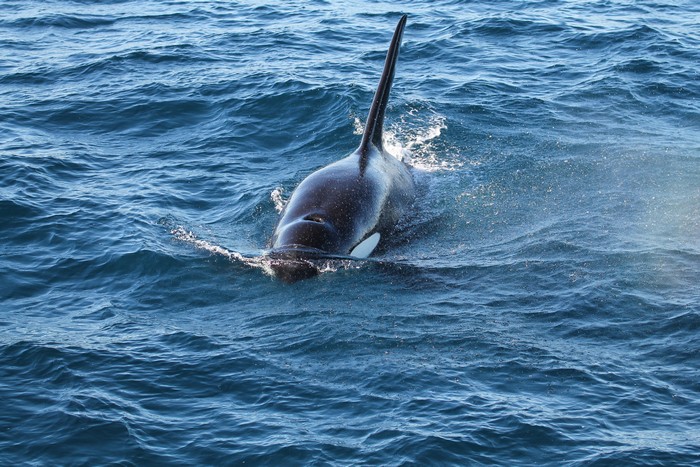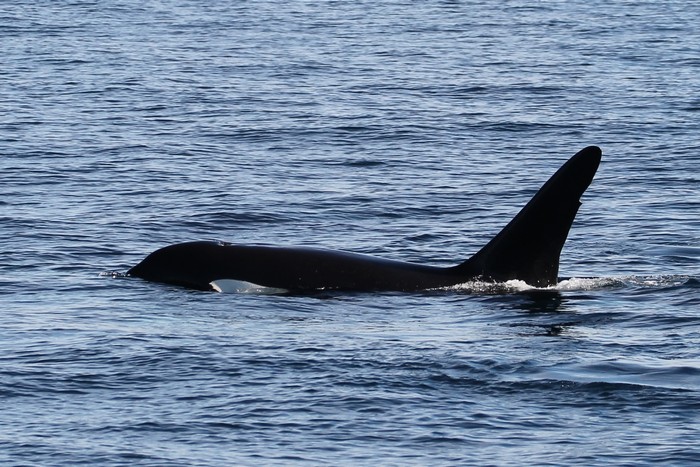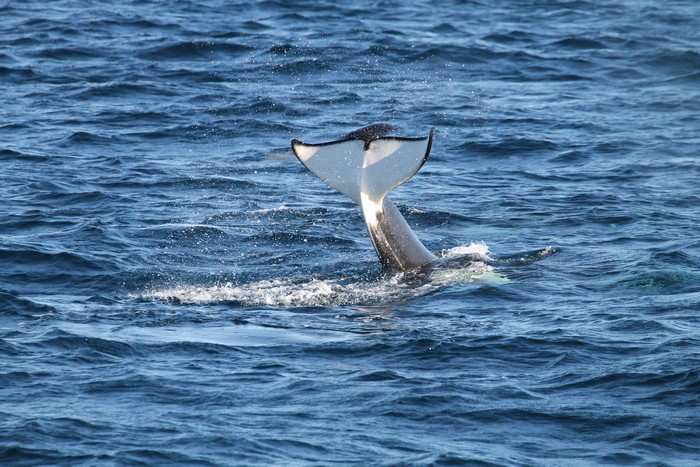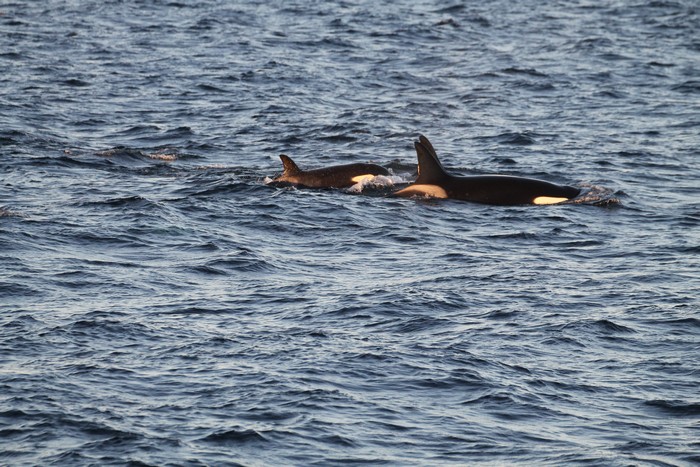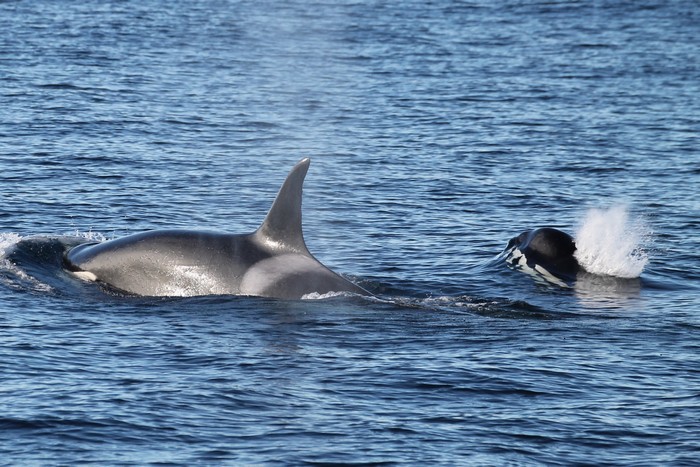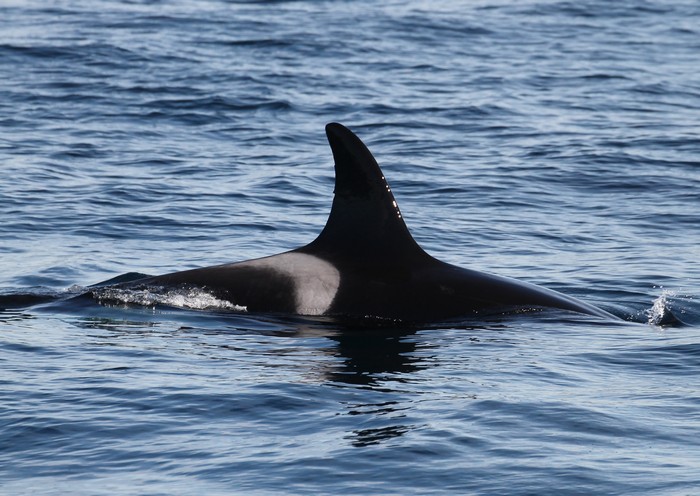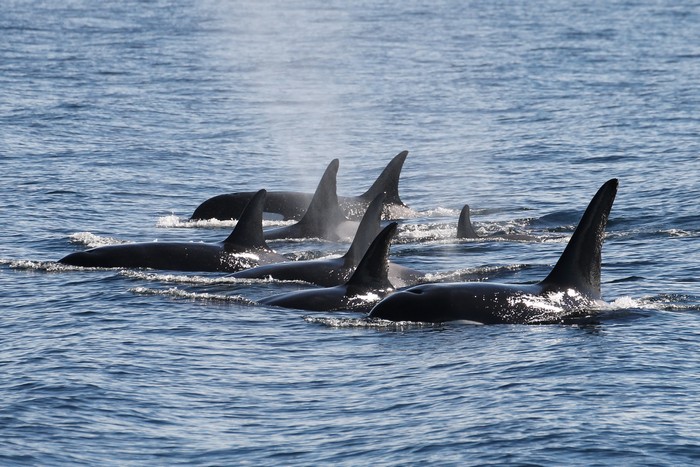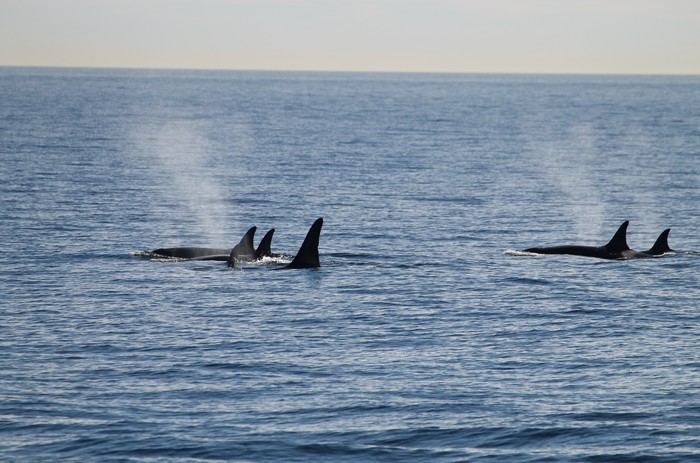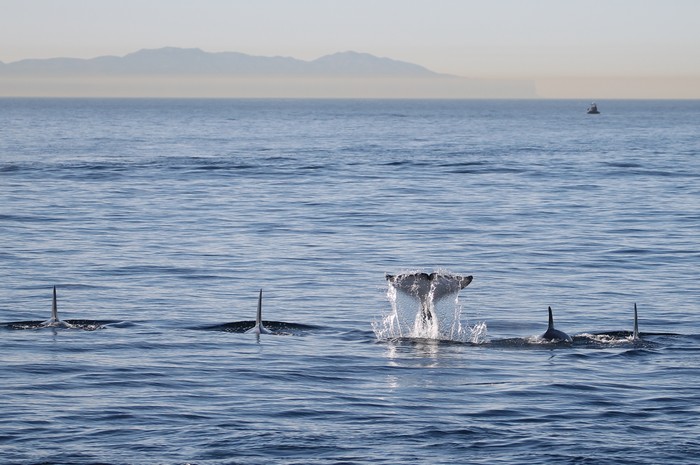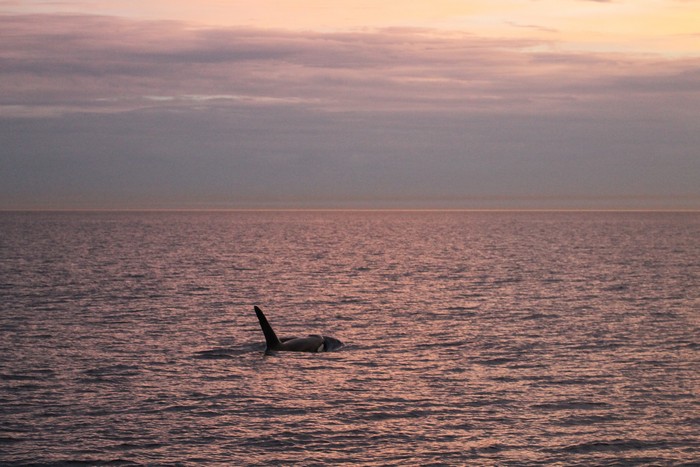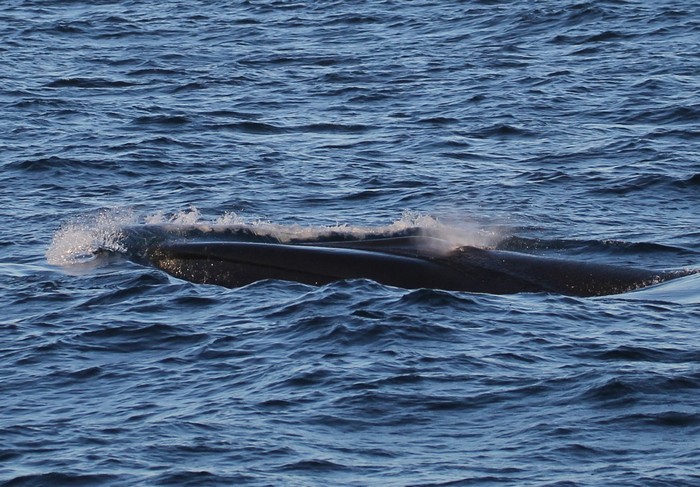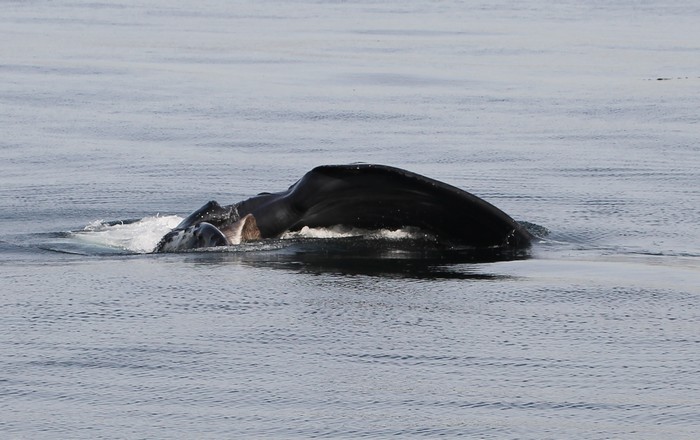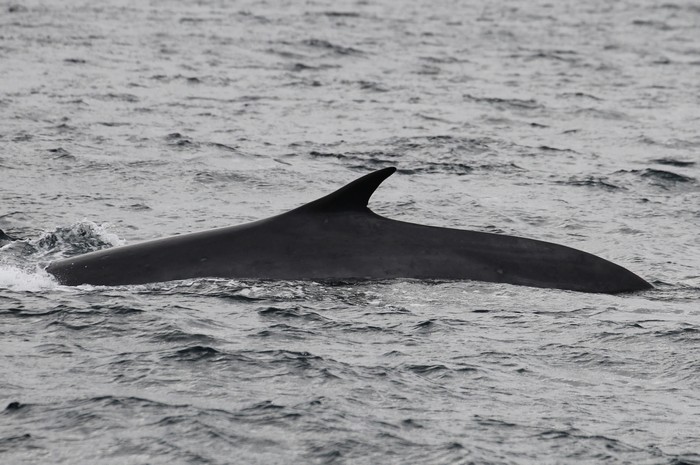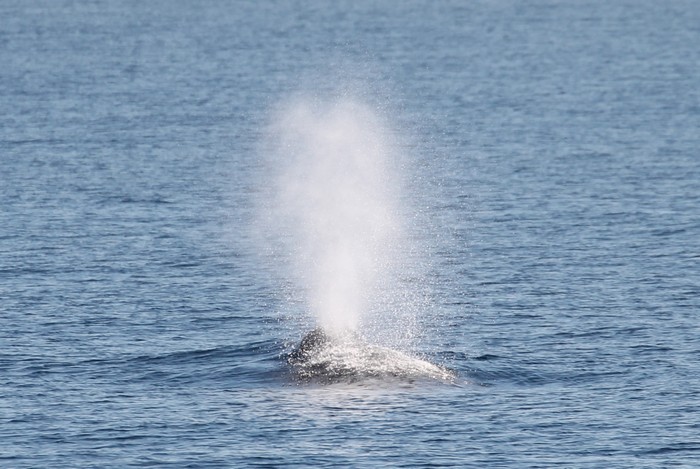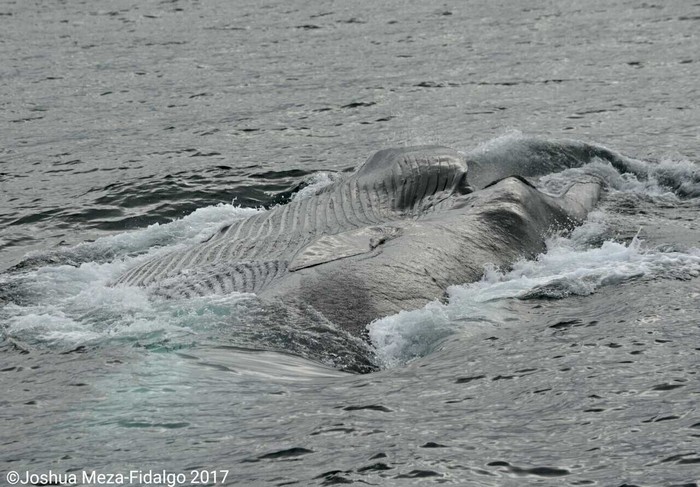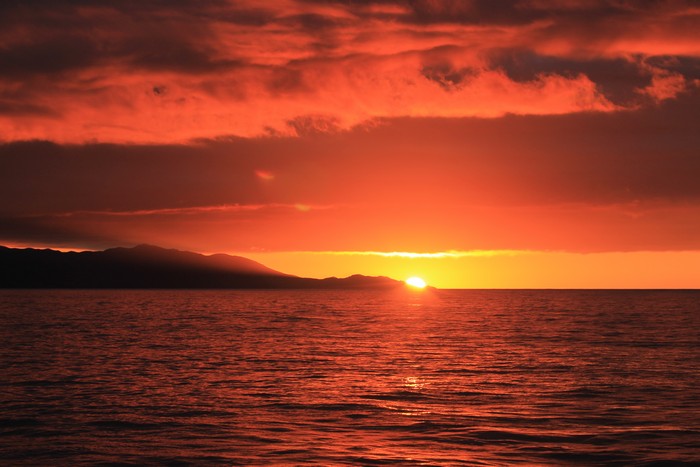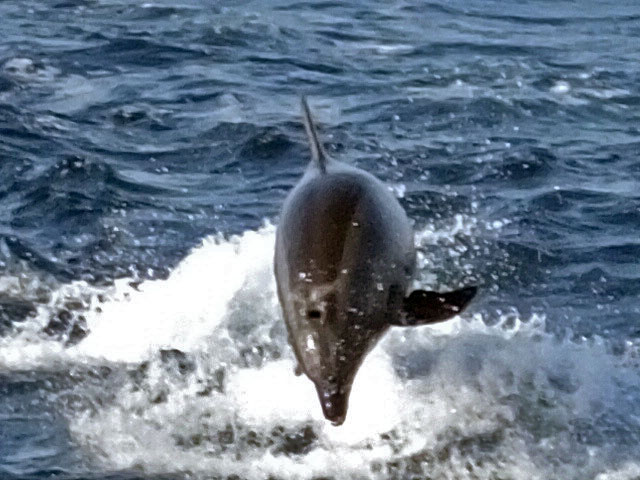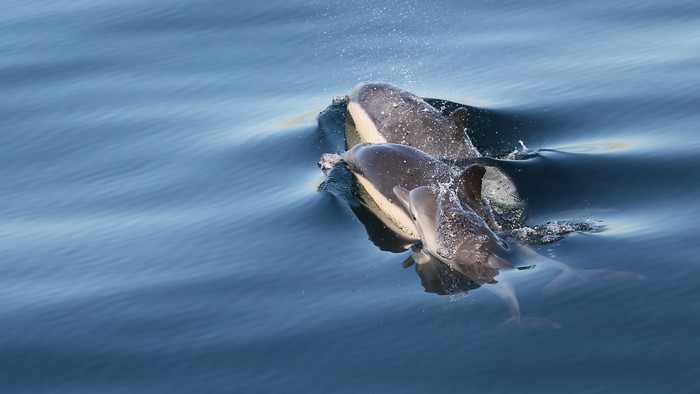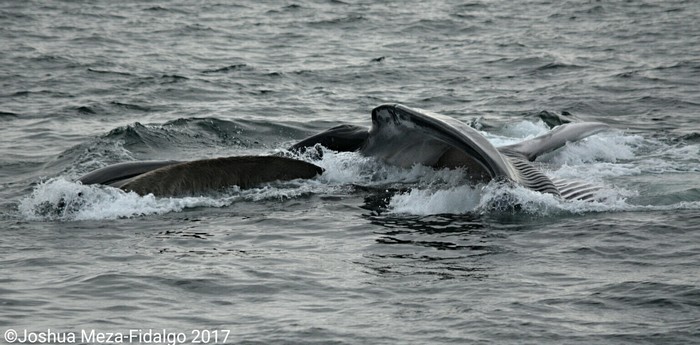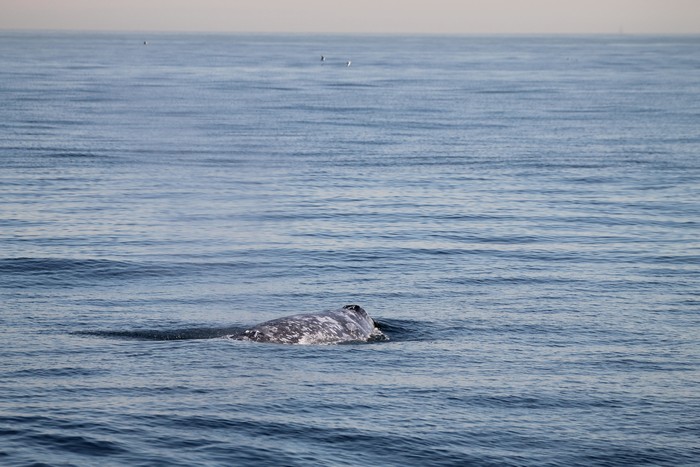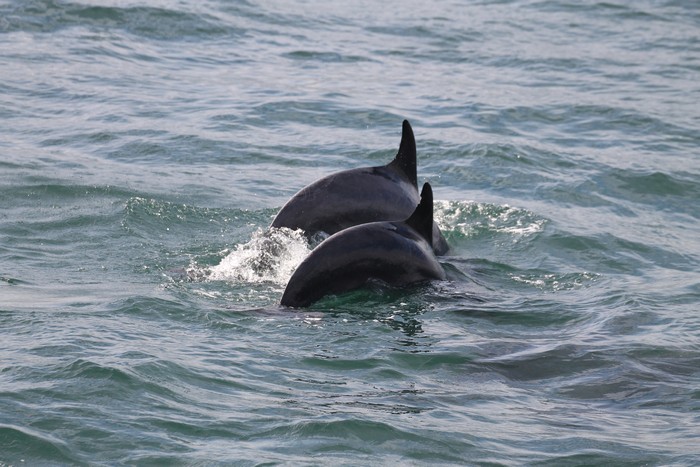Gray Whale Season Is Upon Us!
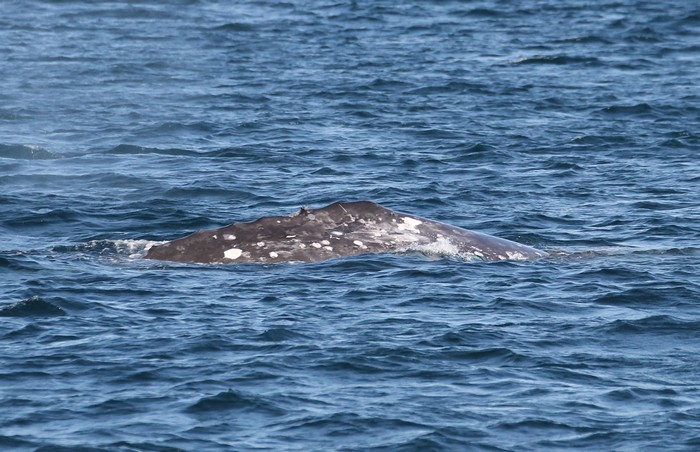
James S.
Thursday, January 05, 2017
Happy New Year whale friends! I hope everyone’s holidays were enjoyable. It certainly was a lot of fun on the water the last couple of weeks. Just as I was writing our last blog entry we had spotted the offshore orca pod again! I had the chance to go out on the water and catch a glimpse of them. This was my first sighting of orca ever, there’s very few of them in Colorado where I grew up. This was an amazing time for us and for the researchers from the American Cetacean Society. We had two consecutive days of spotting this group of cetaceans and were joined on the whale watch by some folks from ACS getting their own photos and cataloging coordinates of this amazing opportunity. Apparently this is one of the least researched pods of orca, at least on the west coast. Because their range can be quite large, a single group of researchers may not get multiple chances to observe the same pod. Unlike the resident orca up in Washington that tend to stay in a particular area, the offshores venture quite far. According to Alisa Shulman Janiger of ACS we also spotted Scoopfin in the pod. You can recognize his dorsal fin by the large scoop, so to speak, that looks like it was taken out of his dorsal fin. Of course I had to put in a bunch of pictures of these beautiful animals. When you are looking at our orca pictures, the shape of the dorsal fin in adults will tell you what gender they are. The tall, straight dorsal fins are the males, and the shorter, falcate (curved) dorsal fins are the females.
We spotted not only fin whales lunge feeding like we talked about in a previous blog, but we also caught sight of a humpback whale lunge feeding. Check out the photos from Josh Meza-Fidalgo at Harbor Breeze and our interns of the lunge feeding. We also got a good photo of a bottlenose dolphin porpoising from Phil Wachovsky, we have shown a few of his pictures in the past as well. The water is so active right now and our friends over at Harbor Breeze Cruises are doing an amazing job helping our guests get the best experience possible on the water.
Our most exciting part of January is when we start to regularly see gray whales. According to the ACS/LA gray whale census project, they have counted a total of 126 southbound grays as of 1/3/2017. That’s a big jump from 2 weeks ago when I checked and there were maybe a total of 20-30. It looks like our gray whale season is going to start taking off. Our intern took a great photo of the blow of a gray whale. If you look closely the shape is close to that of a heart. This is actually one of the methods of identifying grays from a distance since they can be similar in size to smaller humpback whales. One of the other pictures I specifically added was of the gray whale dorsal. If you haven’t seen them out in the ocean, they are the only baleen whale with no dorsal fin whatsoever. Humpback whales will at least have a small fin with the hump of their dorsal side. Instead on the gray whales you can see the knuckle like ridges on their back. You can also see the barnacles on their skin, these barnacles aren’t hurting the gray whale much in the same way as when you see them on humpbacks. When the eastern pacific gray whale was classified as endangered, scientists listed this barnacle species as endangered also. This is because that barnacle species only grows on the gray whales, so if the whale population is in danger so too would be the barnacle population. The eastern pacific gray whale has had great success since the ban on whaling and the addition of so many marine protected areas along our coasts. The western pacific grays have not been as fortunate and their population is considered critically endangered. The more we can learn and promote responsible fishing practices as well as protect our endangered animals the healthier our ecosystems will be.
Make sure you schedule some time to come down to Long Beach to get on the whale watch and see our amazing variety of sea life. Click here to check on whale watch ticket and aquarium admission combo prices, whale watches are every day 12pm and 3pm.
Here’s to another year of great whale sightings. See you on the water!
